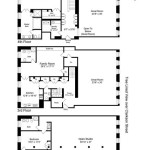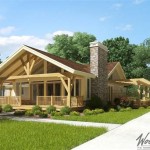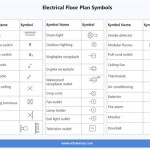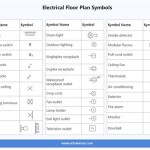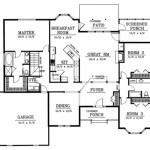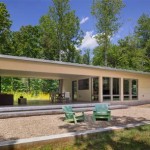Essential Aspects of Boarding House Development Plans
Developing a comprehensive boarding house development plan is crucial to ensure the success and sustainability of a boarding house facility. Here are some essential aspects to consider when creating a plan:
1. Market Analysis
Conduct thorough research to understand the target market and their needs. Identify the key demographics, their income levels, desired amenities, and any specific cultural or lifestyle preferences.
2. Site Selection
Choose a location that is convenient for students and their families, with access to transportation, amenities, and educational institutions. Consider safety, noise levels, and any potential environmental impacts.
3. Design and Amenities
Design the boarding house to meet the needs of students and provide a comfortable and conducive living environment. Include private and shared spaces, study areas, recreational facilities, and amenities such as laundry, dining, and internet access.
4. Staffing and Management
Establish a management team with experience in boarding house operations and student welfare. Determine the staffing needs for houseparents, supervisors, and other support staff. Develop clear policies and procedures for student safety, behavior, and communication.
5. Financial Planning
Create a detailed budget that outlines the costs associated with operating the boarding house, including rent or mortgage, utilities, staffing, maintenance, and student fees. Ensure financial sustainability by considering revenue sources, expenses, and potential revenue streams.
6. Student Welfare and Support
Establish a comprehensive student welfare program that includes academic support, pastoral care, health and safety measures, and opportunities for social and extracurricular activities. Provide access to counseling, tutoring, and other resources to support students' well-being and academic success.
7. Partnerships and Collaboration
Build relationships with local schools, universities, and community organizations to provide students with educational and recreational opportunities. Collaborate with other boarding houses and professional associations to share best practices and access support.
8. Marketing and Outreach
Develop a marketing plan to promote the boarding house and attract potential students. Use various channels, such as social media, print advertising, and school visits, to reach your target audience.
9. Continuous Improvement
Regularly evaluate the boarding house operations and make adjustments to improve the quality of service. Seek feedback from students, parents, and staff to identify areas for improvement and ensure the program meets the evolving needs of the student population.
By carefully considering these essential aspects, boarding house developers can create comprehensive plans that establish safe, supportive, and thriving living environments for students.

The Boarding House Misfits Architecture

The Boarding House Misfits Architecture

Fresh Bid For Approval Springwood Boarding House Blue Mountains Gazette Katoomba Nsw

Boarding House Development Objection Baxter Rd Mascot Tranplan Sydney Town Planning Company Heritage Consultants Jpg Opt860x483o0 0s860x483 Blueprint

The Boarding House Misfits Architecture

The Boarding House Misfits Architecture

Plans Revised For Wyong Boarding House And Central Coast News

Boarding Houses Dcp 2004 City Of Sydney

The Boarding House Misfits Architecture

Approval For Six Room Boarding House On Former Council Car Park Site At Kogarah St George Sutherland Shire Leader Nsw

